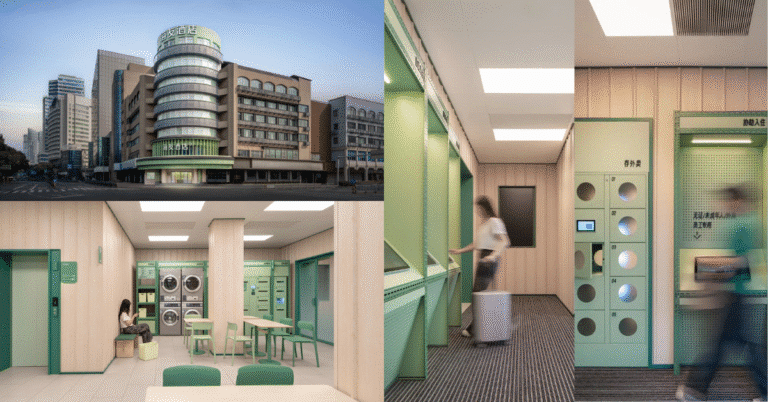Air-to-Fuel Machine Turns Air Into Petrol
In a world increasingly driven by the urgency of climate change and the pursuit of carbon neutrality, a breakthrough from tech company Aircela offers a bold, tangible shift in how we produce fuel. The company has revealed the first functioning air-to-fuel machine in the United States, capable of producing synthetic petrol from air — eliminating the need for fossil fuels altogether. Demonstrated atop a New York City rooftop in late May, this prototype, about the size of a large refrigerator, utilizes carbon dioxide captured directly from the air and hydrogen extracted from water to synthesize petrol.
What makes this development especially significant is not just the fuel it creates, but how and where it can be deployed. While other initiatives have focused on large-scale, centralized plants to create synthetic fuels, Aircela’s device is compact, modular, and designed for local or even personal use. This decentralized approach could unlock unprecedented access to clean energy for remote, underserved, or infrastructure-poor regions — a game changer in both environmental and humanitarian terms.
For anyone looking for a reliable and up-to-date architectural resource, ArchUp offers fresh content covering projects, design, and competitions.
A Revolutionary Approach to Fuel Creation
The Aircela system produces synthetic fuel by combining two key ingredients: carbon dioxide captured from the air and hydrogen extracted from water through electrolysis. The result is a carbon-neutral synthetic petrol, commonly referred to as “synfuel.”
If powered by renewable energy, the process becomes truly fossil-free, since the amount of carbon dioxide emitted by the fuel is equal to the amount captured during production. Unlike many futuristic fuel solutions, this one is drop-in compatible — meaning it works with current vehicles and combustion engines without modification.
Not a Fantasy: Proven Technology in Action
While air-to-fuel systems have long been explored by institutions like Cambridge University and companies such as Carbon Engineering, most efforts have focused on massive centralized plants. These are typically aimed at hard-to-electrify sectors like aviation or maritime shipping.
What sets Aircela’s air-to-fuel machine apart is its miniaturized and modular design, which allows the unit to operate independently in diverse settings — even remote locations. “By designing compact, modular machines, we can produce fuel directly where it’s needed,” explained Liz White, head of industrial design at Aircela. “This reduces transportation costs, simplifies logistics, and enables fuel production in previously inaccessible areas.”

Designed for Everyday Use
The Aircela device consists of three interconnected hexagonal modules that represent the full production cycle:
| Module Function | Description |
|---|---|
| Carbon Capture | Extracts CO₂ from the air using a liquid sorbent system. |
| Electrolysis | Splits water into hydrogen (stored) and oxygen (released). |
| Fuel Synthesis | Combines stored gases to produce methanol, later converted into petrol. |
Inspired by the hexagonal geometry found in nature, such as honeycomb, the design promotes space-saving efficiency and easy scalability. “We love honey bees, and we hope the nectar of our Aircela machines will serve our ecosystems comparably,” said White.
Familiar User Experience
To make the product intuitive and approachable, Aircela designed a fuel nozzle and pump station interface that mimics a conventional gas pump. This thoughtful design allows users to interact with the system without needing technical knowledge.
The color palette also symbolizes the core ingredients: air, water, and solar energy. This emphasis on design makes the machine not only practical but also aesthetic and emotionally resonant.

Performance and Future Outlook
Operating 24/7, a single Aircela unit is estimated to produce one gallon (4.55 liters) of petrol per day. While this may seem modest, the modular design allows multiple units to be linked together, significantly increasing output.
| Production Estimates (per unit) |
|---|
| Daily Output: 1 gallon |
| Weekly Output: 7 gallons |
| Yearly Output: ~365 gallons |
White emphasized that this decentralized approach also leads to faster cost reductions: “By producing many smaller units, we’re able to drive down costs much faster than a traditional centralized plant would allow.”
Funding and Industry Potential
Founded in 2019 by Mia and Eric Dahlgren, Aircela has attracted support from notable investors, including Maersk Growth, the venture arm of global shipping giant Maersk. Industries such as shipping — notoriously difficult to decarbonize — could be revolutionized if this technology scales successfully.

A New Chapter in Energy and Design
By integrating engineering precision, sustainable innovation, and thoughtful design, Aircela’s air-to-fuel machine represents a significant leap forward in addressing climate change. It also exemplifies how industrial design and user experience can elevate emerging technology from lab prototypes to functional, real-world products.
While challenges remain — particularly in scaling and cost reduction — Aircela’s approach demonstrates a viable path toward localized, renewable, and carbon-neutral fuel production. Its potential to transform global energy systems is matched by its ambition to do so beautifully and intelligently.
Explore More with ArchUp
ArchUp documents the evolving profession of architects worldwide, from career insights and research to project profiles and industry news. Our editorial team publishes global salary trends, career advice, and opportunities for emerging talents. Learn more on our About page or Contact us to collaborate.






